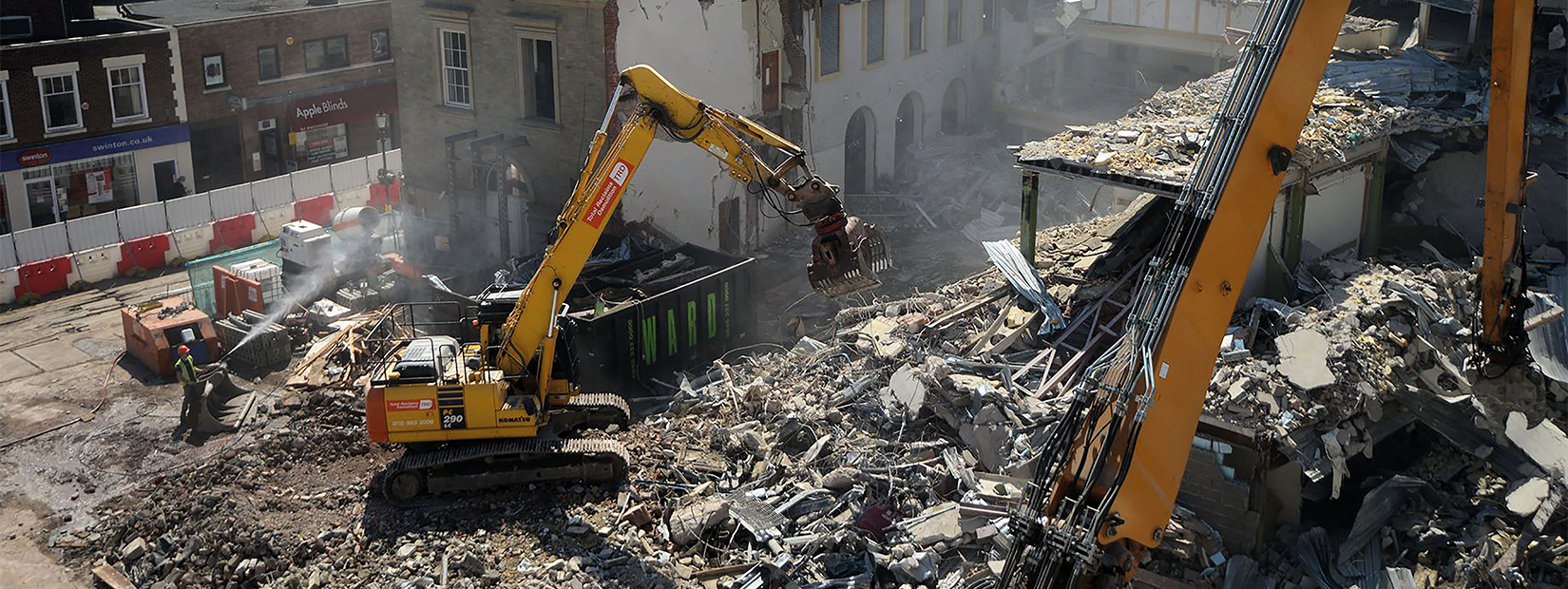As the construction industry becomes more digitised, generating and utilising data will become invaluable, both providing insight into ongoing projects and informing future workflows and processes.
Environmental monitoring solutions are one such solution, providing construction companies will the ability to learn more about their impact on the environment, protect on-site workers and mitigate litigation concerns from neighbouring businesses and individuals. Read on, as we delve deeper into the world of environmental monitoring…
What is environmental monitoring?
Environmental monitoring is the practice of using real-time monitoring solutions designed to measure, monitor and analyse environmental conditions both on and around construction or demolition sites, including dust, noise levels and vibrations.
As well as helping companies to comply to Section 61 of the Control of Pollution Act 1974, these monitoring solutions also assist in minimising the environmental footprint of the site, delays due to work stoppages and disruption to the local neighbourhood.
Why environmental monitoring is important
With access to comprehensive environmental data, companies can proactively assess site performance to ensure they’re working as efficiently and “greenly” as possible, improving the environmental footprint of the site. Those looking after the process can use the data to predict trends, lessen the opportunity for future risks and reduce the environmental impact of construction projects, ensuring more harmonious developments, both for those on-site and those off it.
Keeping your workforce safe
Noise, dust and vibrations are big concerns on any construction project, for a number of reasons. For example, excess noise on construction sites has the potential to damage a workforce’s hearing. It has also been linked to other health conditions, including increased stress and the worsening of cardiovascular health.
Another health concern is exposure to high levels of dust. In fact, this is a very real problem for the construction industry, with the Building Safety Group recently reporting a 23% rise in dust breaches on sites in the latter half of 2020². Unfortunately, much of the dust created by construction work contains harmful elements, such as silica particles. If routinely ingested, silica particles can cause the acceleration of several serious lung conditions.
As well as these health implications, both excess noise and dust can impact the quality of life for those people neighbouring the construction site, especially if it is a major development delivered over a number of months or years.
In addition to dust and noise, vibration levels can also potentially lead to structural damage in neighbouring buildings and so also need to be carefully monitored.
Complying with environmental regulations
Environmental monitoring solutions can highlight and measure how much noise, dust or vibration (among other factors) are generated as a direct result of your work. This is an important consideration on major construction projects, particularly in light of regulations such as the aforementioned Section 61.
Having live visibility of these levels can help contractors to better protect their on-site workers, as well as neighbouring businesses, individuals and properties that may also be at risk. It also enables contractors to stick within their environmental limits agreed in the Section 61 form, and can help companies to protect themselves against local enforcement actions, as well as potential litigation claims.
Having 24/7 remote access to this data means that immediate action can be taken, should the pre-set threshold limits be breached.
How to get environmental monitoring report data
Specialist environmental monitoring systems can help you to monitor many environmental conditions, such as noise, dust, vibration and more.
EnviroGuard offers advanced real-time reporting tools for clients across a range of important data points, in turn providing a digital log of on-site data, which can be relied upon in the event of a claim. These capabilities will greatly help should a contractor ever need to provide proof that they are upholding the terms agreed in their Section 61 form.
Some solutions can even go beyond the traditional noise, dust and vibration level monitoring, such as EnviroGuard, which is also suitable for monitoring PH levels in water, Volatile Organic Compounds (VOCs) and gases, to name just a few.
As temporary works specialists, we are the perfect partner for your environmental monitoring needs.
